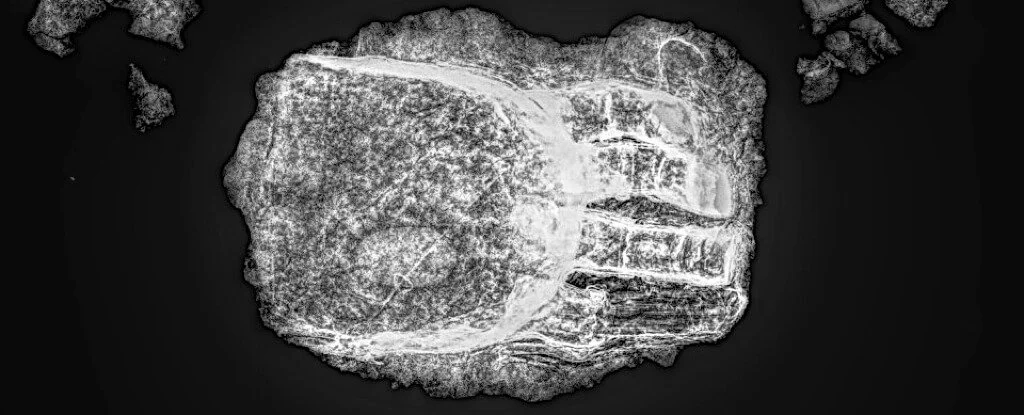Ashurbanipal, a skilled military commander, ruled the Neo-Assyrian Empire in the mid-7th century BC. Renowned for his strategic acumen and an avid pursuit of knowledge, he undertook the construction of The Royal Library of Ashurbanipal. Born in Nineveh, the Neo-Assyrian capital, in 685 BC, he hailed from the Sargonid dynasty initiated by his great-grandfather Sargon the Second.
In 671 BC, Ashurbanipal's father achieved a historic milestone by conquering Egypt, becoming the first ruler to govern both Mesopotamia and Egypt. Ashurbanipal not only quelled a rebellion his father had initiated in Egypt but also extended his campaigns to Thebes, accomplishing a thorough sacking of the city. By 665 BC, the Assyrian Empire had once again established complete control over Egypt, with Ashurbanipal appointing an Egyptian prince, Psamtik, as pharaoh.
In 653 BC, Ashurbanipal launched a devastating assault on Elam, culminating in the Battle of Ulai near Susa, the Elamite capital, where he secured a decisive victory. The growing tensions between Ashurbanipal and his brother Shamash-shum-ukin eventually erupted into a civil war in 652 BC. Despite being outnumbered and outmatched from the outset, Shamash-shum-ukin sustained his cause for several years by forging alliances with Ashurbanipal's adversaries.
In this video, we delve into a comprehensive analysis of the life of Ashurbanipal, often hailed as "The Cruelest King of Assyria."









































